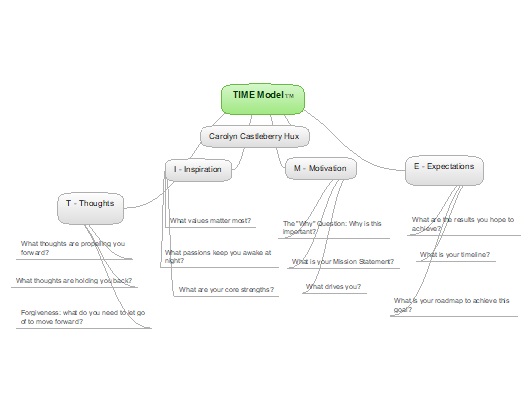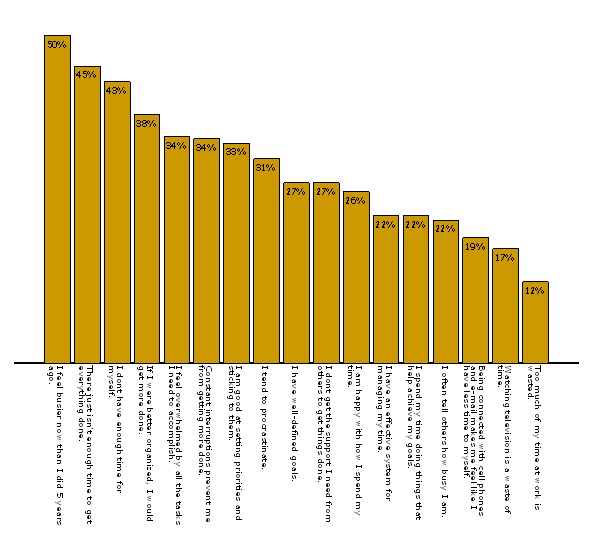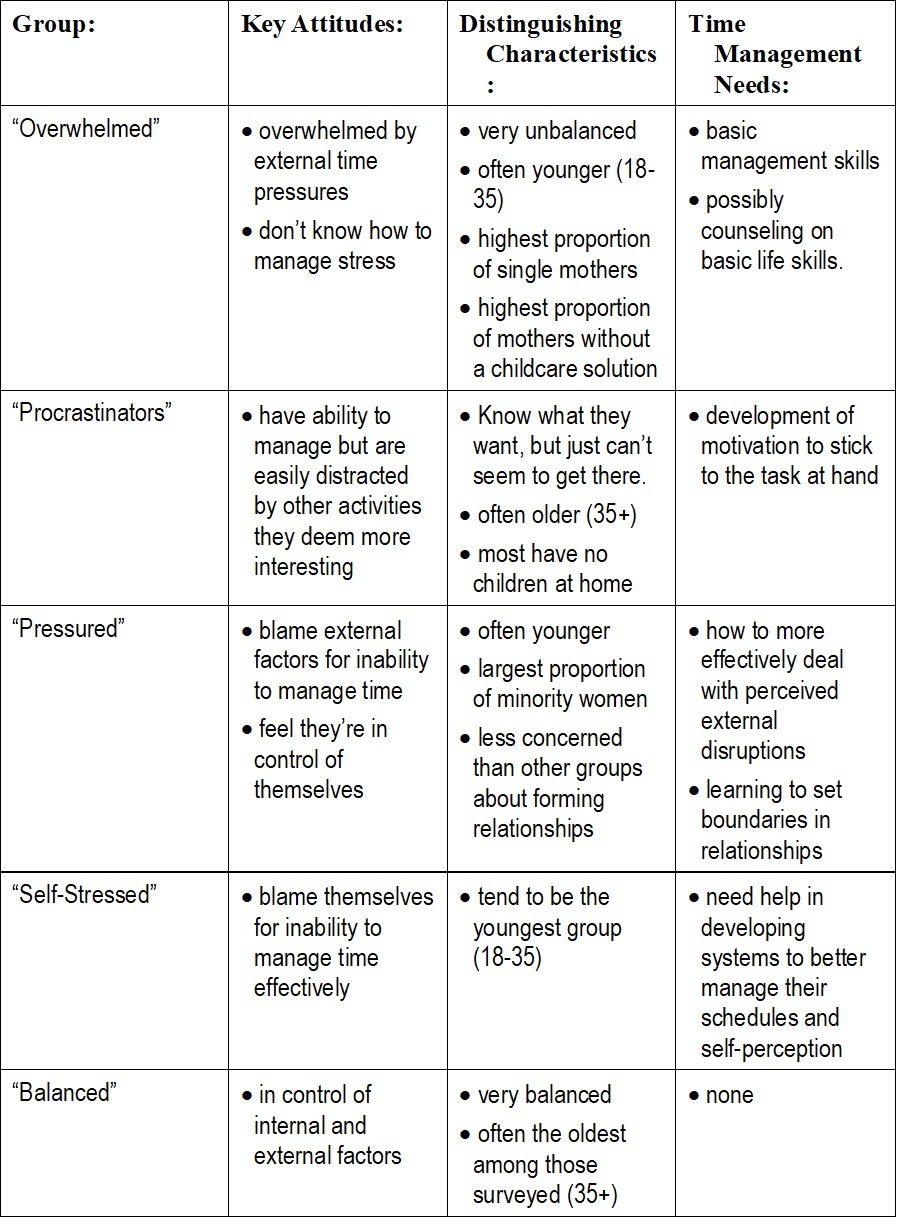A Coaching Model Created by Carolyn Castleberry-Hux
(Executive Coach, UNITED STATES)
For many of us, a dramatic situation or influential person forces us to reconsider how we deal with time. It may be losing a loved one. It may be giving up on a dream. For me, it was losing our first baby in a miscarriage. For years, I had been a career woman and wasn’t sure I even had time for kids. But losing our first child—and a dream I hadn’t even realized was hidden deep within me—sent me into despair. This was almost 24 years ago, and as I look back this was the turning point in my life to be more intentional with my time. To ask harder questions of myself and others? To take a good look at how I was spending my greatest asset on this earth: my time.
In decades of television and radio interviews, and now coaching, I’ve heard one consistent theme: American women are in a time crisis. “There’s just not enough time,” everyone seems to say. We’re doing more, but are less satisfied. Fueled by both internal and external pressures, we run from task to task without pausing to ask ourselves, Do I really want to do all this stuff? Am I investing in my life where it matters? How do we manage the time to find balance in our super-charged, over-scheduled lives?
To prove that I wasn’t just imagining this, I commissioned a national survey on women and time for my book It’s About Time: 10 Smart Strategies to Avoid Time Traps and Invest Yourself Where it Matters(Simon & Schuster, 2009). In an online survey of three hundred women, we found that 74% of them weren’t happy with how they spent their time.
Roughly half of our group felt busier than they did five years ago (50%), don’t feel there’s enough time to get everything is done (45%) and say they don’t have enough time for themselves (43%). Here’s another finding that confirmed what women were saying – one in three women (34%) described themselves as overwhelmed. Listen to what some of the women say are their greatest time traps:
“Too many demands on my time from people who do not consider that I have other things to do.”
“Too many activities at one time as a single mom.”
“I expect too much from myself.”
“Letting others tell me how things should be done.”
“Lack of ambition or drive to get things done.”
“I just have a lot going on. I am a full-time everything.”
Let’s break it down. We know we have 24 hours in a day, but exactly where are we investing these precious moments? Here’s a place to start: In his article, “The Dash Between the Dates,”[i] Jackson Snyder wrote he put together a list of things we do and how much time is consumed by these activities over a seventy-five-year lifespan.
Typically, we spend:
Also, consider how we waste time emotionally. Snyder claims that worry and anger top the list of time-wasting activities. For example, he challenges us to count how many years we’ve wasted in bitterness and resentment. How many years have escaped us because of procrastination, indecision, complaining, or self-pity? When we get focused on these emotional hang-ups, the amazing, authentic lives we were meant to live pass right on by us.
Time Coaching Model
As coaches, a deep dive into our client’s capacity to live out their goals can begin with the TIME Coaching Model, created during my ICA certification process. Using this model may help you and your clients evaluate whether or not your goal stands the test of time:
T – Thoughts/underlying beliefs. What thoughts are propelling you forward and what is holding you back? What about forgiveness. What do you need to let go of to move forward?
I – Inspiration. What values, passions, gifts and strengths are at your core? Who inspires you? Who are your islands of health and strength?
M – Motivation. This is the “Why” question. In considering a way forward, ask why is this important? Developing a working, flexible mission statement can be helpful in this process.
E – Expectations. Expected outcomes and timelines. What are the results you hope to achieve and what is your timeline? When you play the movie forward, what do you expect to see? This is a good opportunity to create a roadmap for the future.
The TIME Coaching model has been uploaded into the ICA Forum in a Mind Map form. For the visually-inspired among us, coaches might use among the TIME questions in a linear process above or more creatively, using powerful listening skills.

Research on Time and Priorities
In researching time, we also asked women to report how many hours per week, on average, they spent doing various activities. It was helpful to first find out where all their time was going. Check out the chart below:

The totals for these activities can be categorized into these four groups:
How closely does your own use of time in a typical week match these figures? More importantly, how closely do you think it fits with your own true priorities or your client’s dreams and goals? Bottom line – Are we investing time where it matters to us?
Additional Research: How Do You Feel About Your Time?
Whether or not you are also a “full-time everything,” how do you feel about how you are investing your time? We asked the participants in our survey to tell us how much they agreed with several statements which measure perceptions in these four important areas that impact time management:
The chart below shows the percentage of women who agreed strongly with each statement. Check out a couple of these statements and see if they describe you.

A significant proportion of women feel stress and dissatisfaction about time management, as shown by the large percentages agreeing strongly with the first three statements in this chart. Based on these attitudes toward time, we identified five groups of women, each with distinctive characteristics. Chances are you’ll see yourself in one of these “time groups” — which range from women who feel overwhelmed (34%) when it comes to time management all the way to those who are very organized and comfortable with their ability to effectively use their time (26%). The remaining 40% also feel they need some help in managing time and have specific challenges that keep them from doing so.
Time Groups at a Glance
Here’s an overview of all five of these groups, plus their basic time management needs as reflected in their comments:

You may be the hyper-busy person who needs more time for herself and her family or the type of personality prone to day-dreaming, struggling with fears, or becoming paralyzed by indecision. No matter how you describe yourself—in one or in several of these categories—we are a society that is wasting time, despite our busyness. We find ourselves speeding from here to there in a never-ending sequence of “important” activities, and our world is moving so fast it’s hard to keep track of the days, weeks, and years anymore.
The older we get, the more we feel we just blinked and thirty years went by. So many valuable moments are gone—time that we’ll never, ever get back. With all the responsibilities we have to face each day in our work, families, and personal lives, we must first learn to get control of our time—this limited resource—and our greatest God-given asset here on this earth. The TIME Model might just be the start of taking back time for things that really matter to you and to your clients.
Resources
[i]Snyer, Jackson, The Dash Between the Dates,http://jacksonsnyder.com/arc/Sermons%202/The%20Dash.htm